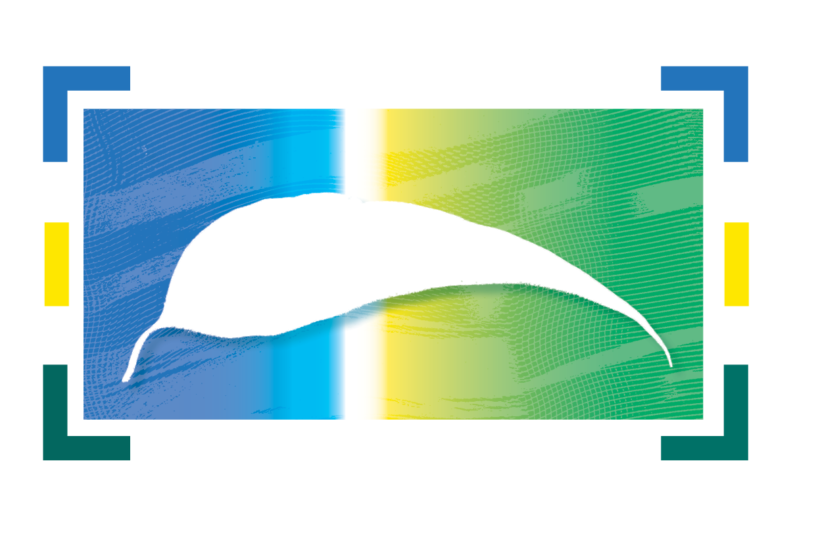- Home
-
Our Work
- People for Nature
- Giant Light Steps
- Environmental Education
- Conserving the Margaret River
- Coordinated Weed Control
- - Arum lily Blitz
- Managing Bushland for Wildlife
- Threatened Species Protection
- - Western Ringtail Possums
- - Black Cockatoos
- - Margaret River Hairy Marron
- - SW Masked Owls
- Caring for Coast
- About
- News & Events
- Resources
-
Get Involved
- Stay Informed
- Ways You Can Help
- Become A Nature Conservation Volunteer
- Become A Citizen Scientist
- Join A Community Or Friends Group
- For Nature Landowner Stewardship Program
- - For Nature: Find Inspiration
- - For Nature: Gain Knowledge
- - For Nature: Make Connections
- Learn About The Environment
- Report What You See
- Join & Donate
- Contact

Black cockatoos
There are three species of black cockatoos in the Margaret River region. Two white-tailed black cockatoos; Baudin’s Black Cockatoo and Carnaby’s Black Cockatoo both listed as endangered, and one red-tailed black cockatoo; Forest Red-tailed Black Cockatoo listed as vulnerable.
All three black cockatoo species are endemic to Western Australia and occur in the south west of WA. The three black cockatoo species have been in decline over the last 50 years or more. Threats to black cockatoos are primarily through clearing – loss of habitat, although road kills, illegal shooting and fires also take their toll. Clearing can create a shortage of nest hollows and feed trees and feral bees, galahs and corellas often compete for this limited resource.
Birdlife WA’s SW Black Cockatoo Recovery Program provides a raft of useful resources to distinguish between the three black cockatoo species and learn about their conservation.

What is being doing to protect black cockatoos
Nature Conservation in partnership with the Augusta Margaret River Shire, BirdLife WA and the Cape to Cape Bird Group works to better understand abundance and distribution of the three black cockatoo species in the region.
Through it’s Black Cockatoo Conservation Program Nature Conservation Margaret River Region aims to:
- support local wildlife carers who take care of sick and injured black cockatoos. A portion of funds raised through the upcoming Cape to Cape Cocky Run will be donated to Kaarakin Black Cockatoo Conservation Centre to support the valuable work they do rehabilitating injured cockatoos in the south west.
- work to raise awareness of the conservation status of the three species of black cockatoos and increase engagement in conservation of these threatened species.
- continue to encourage and support local volunteer participation in the Birdlife WA’s Annual Great Cocky Count. Understanding how cockatoos use our region will help us to protect critical habitats for these threatened birds.
- work with local fire brigades and landowners to ensure that important habitat trees used by black cockatoos for roosting and nesting in the region are protected during prescribed burning of bushland.
To find out more or get involved in black cockatoo citizen science activities please contact Lyndsey Cox at [email protected]

